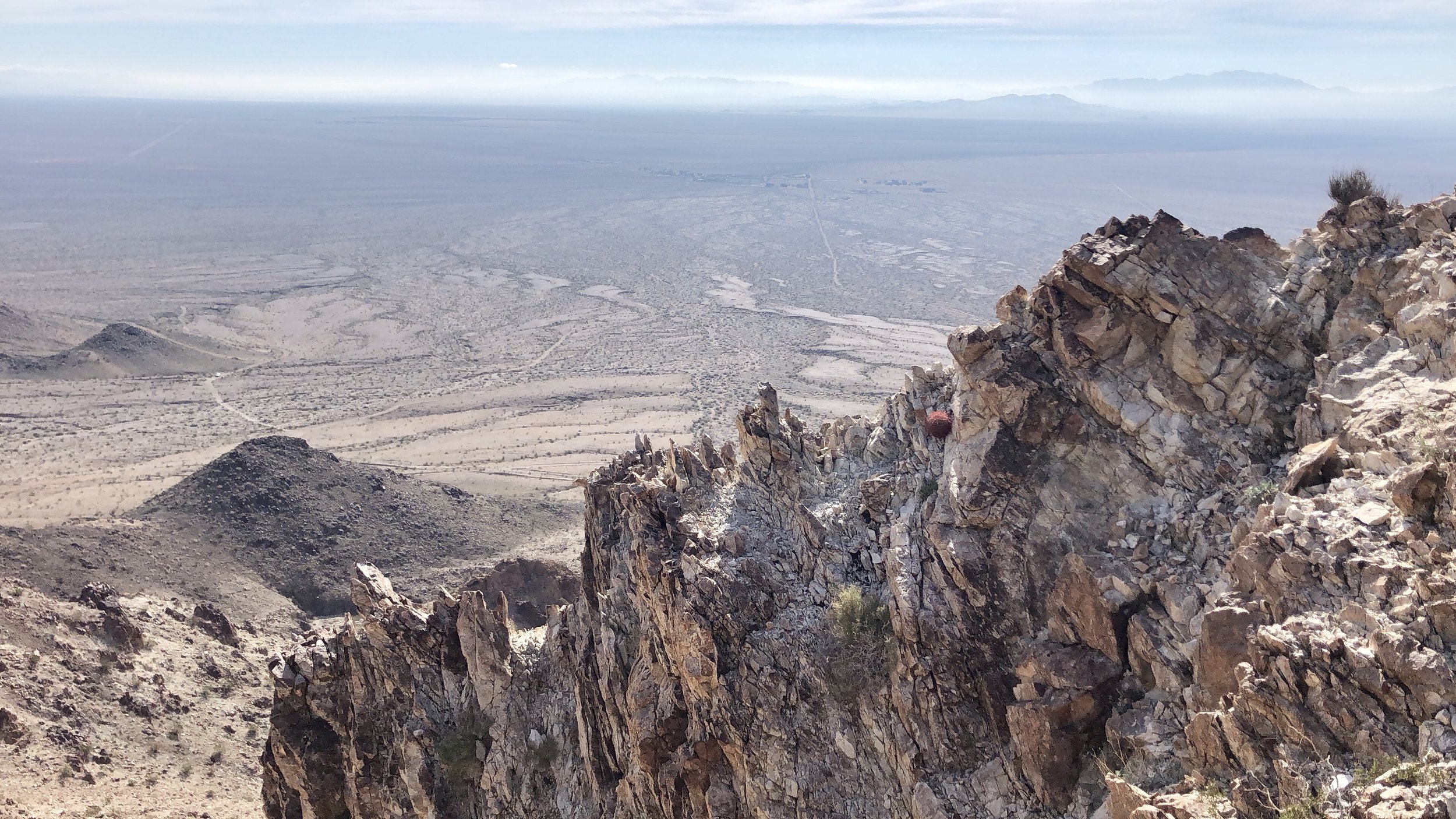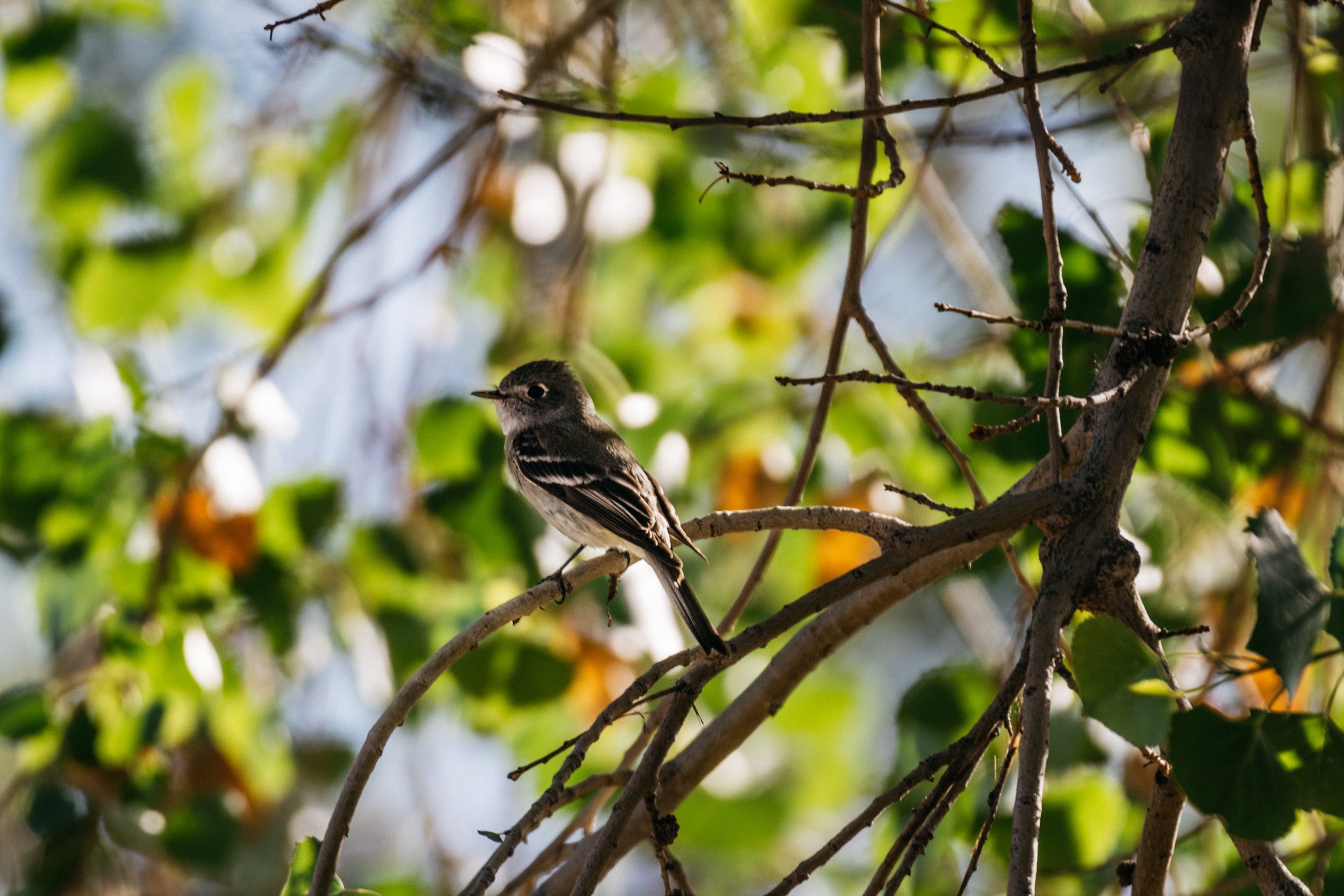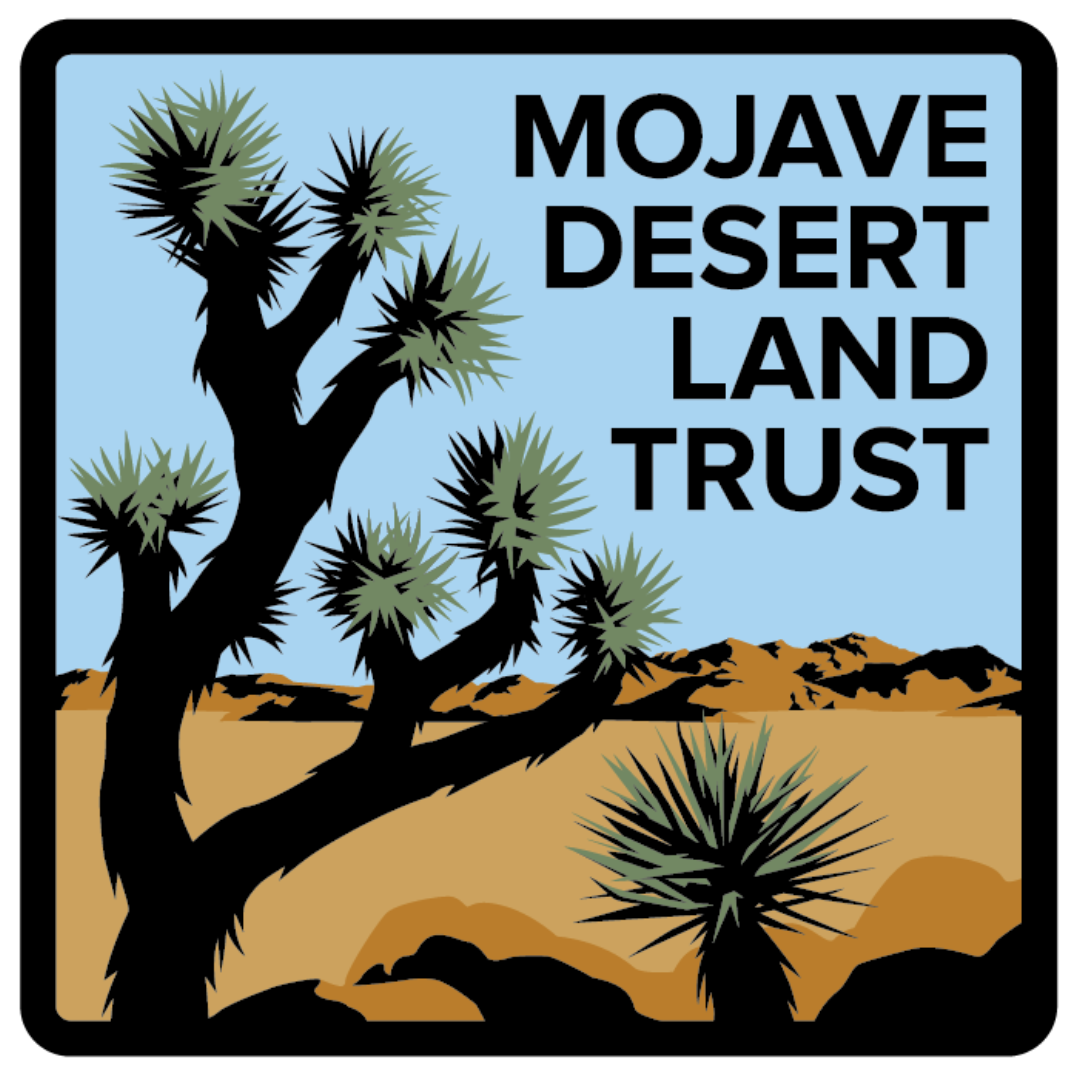
The Mojave Desert Land Trust is a full-service land conservancy. After we identify land in need of protection, we tailor a conservation plan based on the needs of that parcel, which may include acquisition, restoration, conveyance, and short or long-term stewardship. We have an on-site native plant nursery and seed bank to aid in our restoration efforts, and to provide resources for our conservation partners.
Why is the desert important?
Biodiversity
The California deserts cover over 25% of the state and are home to more than 2,000 species of native plants, making it one of the most biodiverse regions in the country. One quarter of those species, including the iconic Joshua tree, are not found anywhere else on Earth.
Climate resilience
Like most natural areas, the desert ecosystem provides an essential service to the planet in the form of carbon sequestration. More than 10% of California’s carbon is stored in desert plants and soils. Recent studies highlighted the desert’s ability to significantly increase its carbon storage capacity as atmospheric carbon levels increase.
How does MDLT protect the desert?
-

National parks and wilderness inholdings
We partner with the National Park Service, Bureau of Land Management, and a network of other federal, state, and private entities to acquire, restore and convey private inholdings to the federal government to protect the long-term integrity of our National Parks, Monuments and wilderness. Since 2006, MDLT has conveyed more tracts of land to the National Park Service than any other non-profit.
-

Wildlife corridors
We protect the wildlife corridors that connect the desert’s conservation lands to ensure long-term ecological stability and species health. Wildlife corridors allow space for animals to migrate, and help connect populations of plants, pollinators, and other organisms so they can forage, find shelter, mate, and thrive despite increasing pressure from development and climate change.
-

Climate refugia and areas of ecological significance
We steward a network of preserves that play outsized roles in the overall health and well-being of the desert ecosystem. For example, MDLT’s Palisades Ranch, a 1,647-acre parcel straddling 3.5 miles of the Mojave River, conserves a vast stretch of rare, extraordinarily crucial riparian habitat. Palisades is home to a distinct biodiversity of desert plants and animals that rely on the perennial water source. It is visited by nearly 40 federal and state-listed species.
-
Community engagement
We know conservation doesn’t stop at acquisition. MDLT engages our desert communities in the protection of their local lands through education and outreach programs. A strong communications program translates science and policy for community members.
-
Native plant restoration
Native plants are a critical part of a sensitive desert ecosystem, providing food and shelter for wildlife and cleaning our air and water through soil stabilization and carbon sequestration. MDLT’s Plant Conservation Program aims to protect and preserve the desert’s unique and diverse flora through seed banking, plant restoration, and research.
-

The Mojave Desert Seed Bank
Seed banks are a critical management tool for the conservation and understanding of wild plant populations. They also serve as an insurance policy against extinction. Seeds from the Mojave Desert Seed Bank are used to restore degraded habitat, for research, and for the long-term conservation of species.
Mojave Desert Sentinel Landscape
The Mojave Desert gained new protections with the designation of the Mojave Desert Sentinel Landscape. A broad coalition of state, federal, tribal, county, local, and non-governmental partners will be working more closely together to tackle challenges from incompatible development and climate change. MDLT is proud to be a partner in this new project. Read more here.



